St Paul’s Cathedral Virtual Tour – The Ultimate Guide To Visiting This Giant Church In London
St Paul’s Cathedral is a majestic church in London. It is one of the most famous attractions in the city. I spent about one hour exploring this cathedral during my holiday, and you can check out my virtual tour below!
Table of Contents
- St Paul’s Cathedral
- Church Entrance Fee
- Nave
- The Font
- Wellington’s Monument
- Dome
- North Transept
- Quire
- North Quire Aisle
- High Altar
- Apse
- Crypt
- Exploring The Dome
- Map of St Paul’s Cathedral
- Is St Paul’s Cathedral Worth Visiting?
St Paul’s Cathedral
St Paul’s Cathedral is a beautiful church designed in the English Baroque style.
It stands at a height of 111 metres, dominating the London skyline with the second highest dome in the world.
The present cathedral was reconstructed in the 17th century after the Great Fire of London.
It was designed by Sir Christopher Wren, who is considered to be one of the greatest English architects.
Famous events that have taken place here include the funerals of Winston Churchill and Margaret Thatcher, the jubilee celebrations for Queen Victoria, and the wedding of Prince Charles and Lady Diana Spencer.
Before visiting the church, I went to the Millennium Bridge and took some photos of the beautiful building from there.
After that, I went to the west front of the church, which has a elegant and majestic facade. The figure of St Paul stands at the top, flanked by the four Evangelists and other apostles.
Church Entrance Fee
I entered the church via the West Entrance and joined the fast track queue to collect my ticket at the lobby. I collected a free audio guide here too.
I bought my entrance ticket in advance from Klook for £17. You can also buy from the official ticket site. It is not necessary to print out a physical ticket.
I strongly recommend buying your ticket online because a walk-in ticket costs £20. And during my visit, the fast track queue was much shorter than the walk-in queue.
The ticket price covers free guided tours of the church (see above picture for timings).
Nave
Entering the church, I was greeted with a breathtaking view of the Nave, which is the long central aisle of the church.
It boasts a classic black and white marble floor, intricate wall carvings, beautiful sculptures, and high vaulted ceilings.
Compared to the nave of Westminster Abbey, St Paul’s Cathedral’s nave is significantly more lavish.
The Font
I came across the Font, which is a large marble basin used to store water for the baptism ritual.
It is located near the doors because it symbolises the start of a person’s journey into Christianity.
Wellington’s Monument
I continued walking down the nave and saw the famous Wellington’s Monument.
This is a monument of Arthur Wellesley, 1st Duke of Wellington, who is one of Britain’s greatest soldiers and statesmen.
He is best known for defeating Napoleon at the Battle of Waterloo in 1815, and also served twice as Britain’s Prime Minister during the 19th century.
At the bottom of the monument, Wellington is shown lying in death. At the top, he is riding his famous war horse, Copenhagen.
Dome
Next, I walked under the famous dome of the church.
I was intrigued by the magnificent paintings on the dome! Painted by Sir James Thornhill, they depict eight prominent moments from the life of Saint Paul.
The surrounding ceiling decorations, carvings and paintings were splendid too.
I have visited many churches across Europe and I have to say St Paul’s Cathedral’s dome artwork is one of the most spectacular I’ve ever seen.
North Transept
From the dome, I walked to the North Transept, which features the famous painting “The Light of the World” by English painter William Holman Hunt.
The painting shows the figure of Christ knocking on a door that has no handle, and therefore can only be opened from the inside.
According to Hunt, this represents “the obstinately shut mind” of a person who refuses to let God enter his life.
Quire
Next, I went to the quire, which is where the choir sings during choral services.
The wooden stalls here feature beautiful carvings by Grinling Gibbons, which is also seen in many other royal residences such as the Statement Apartments in Windsor Castle.
I looked upwards and was amazed by the magnificent mosaic art on the ceiling! The mosaics were both beautiful and unique, making me feel like I had entered a different church.
This masterpiece was created by British painter William Blake Richmond.
North Quire Aisle
After that, I went to the North Quire Aisle, where I saw elaborate wrought-iron gates designed by French master metalworker Jean Tijou.
I also saw the elegant sculpture Mother and Child, which was created in the 1980s by prominent English sculptor Henry Moore.
It was interesting to see this abstract sculpture here because I had never seen abstract artworks at any other churches before.
High Altar
One of the highlights of my visit was seeing the magnificent High Altar, which is made of marble, carved oak, and gilded oak.
This masterpiece was created by Walter Godfrey Allen and Stephen Dykes Bower. The baldacchino (canopy) was built based based on a sketch by Sir Christopher Wren.
I stood here for a quite a while to admire the many intricate details of the gorgeous altar and baldacchino.
Apse
The apse is the semi-circular termination of the church building. It is located just behind the High Altar.
It houses the small American Memorial Chapel, also known as the Jesus Chapel. This chapel commemorates the 28,000 Americans stationed in Britain during the Second World War.
It was poignant to see the roll of honour to the American soldiers who sacrificed their lives in the war.
Crypt
From the apse, I went to the underground crypt, which houses over 200 memorials and numerous graves. It is the largest crypt in Europe.
First, I went to see Sir Christopher Wren’s Tomb, which was marked bya simple stone. An Latin epitaph above it reads: “Reader, if you seek his monument, look around you”.
This implies that the entire St Paul’s Cathedral serves as his monument.
The simplicity of Wren’s tomb suggests that he was a man who did not care much for material things.
I also saw Wellington’s Tomb, where Wellington rests in a simple but imposing coffin made of Cornish granite.
Finally, I saw the elegant tomb of Lord Nelson, who was fatally shot during his illustrious victory at the Battle of Trafalgar in 1805.
An illuminated timeline along the length of the room provides context for the history of St Paul’s Cathedral.
Exploring The Dome
Unfortunately, I did not have enough time in my schedule to climb up the dome.
If you have the time and energy, you can consider climbing 528 steps to the Golden Gallery, where you will be rewarded with panoramic views of London.
Map of St Paul’s Cathedral
This map lists down all the attractions I visited in the church, except for the crypt.
Is St Paul’s Cathedral Worth Visiting?
If you enjoy touring magnificent churches, it is definitely worth visiting St Paul’s Cathedral. This giant church boasts gorgeous decorations, beautiful sculptures, and some of the most spectacular ceiling artwork I’ve ever seen. Due to my tight London itinerary, I could only spend one hour touring the church. If you can, I suggest spending around two hours here so that you can explore at a more leisurely pace.
St Paul’s Cathedral
Address: St Paul’s Churchyard, London EC4M 8AD
Website: www.stpauls.co.uk
Opening Hours: | Mon to Sat: 8.30am – 4pm | Sun: open for worship only |

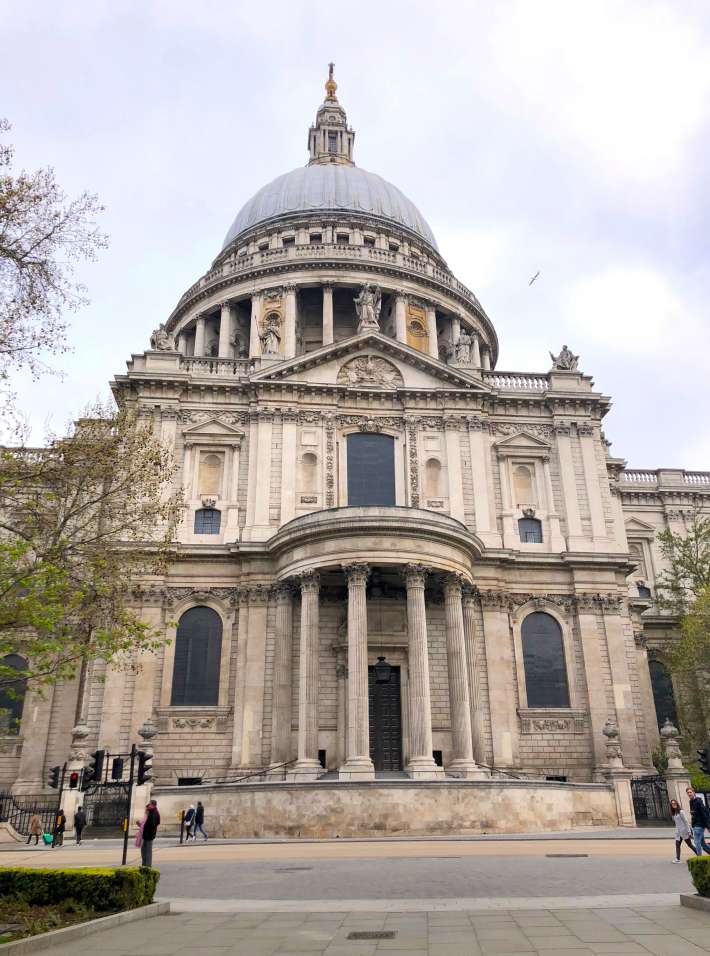
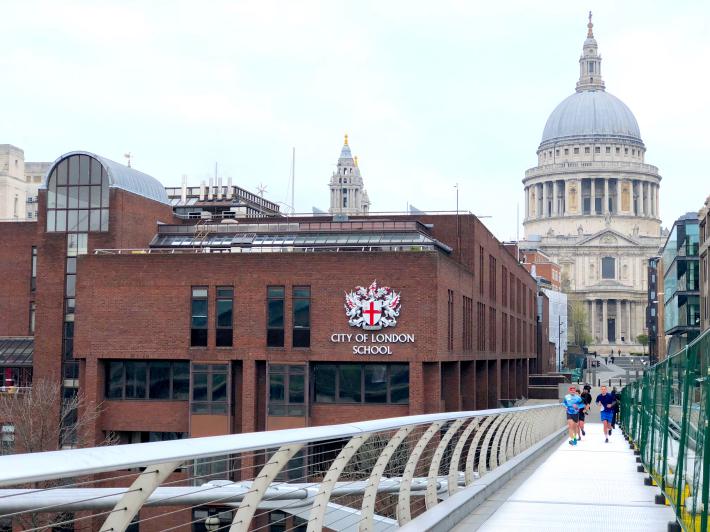
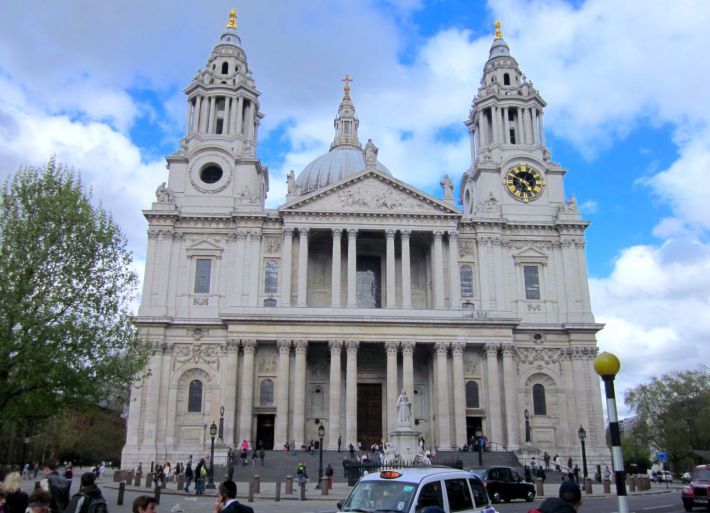
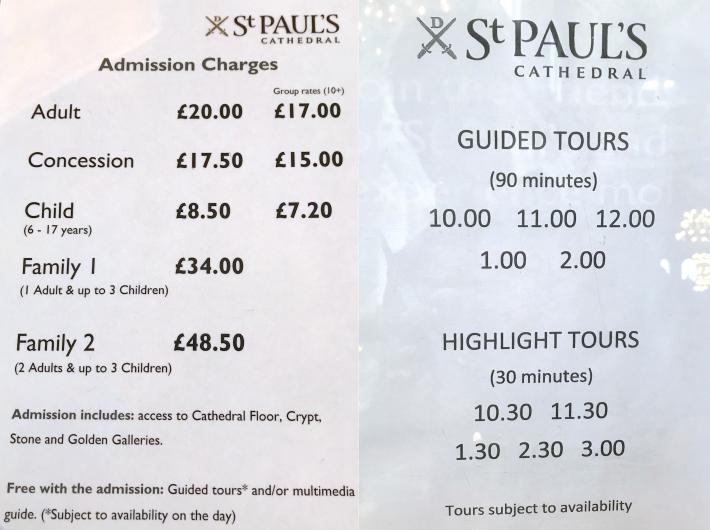
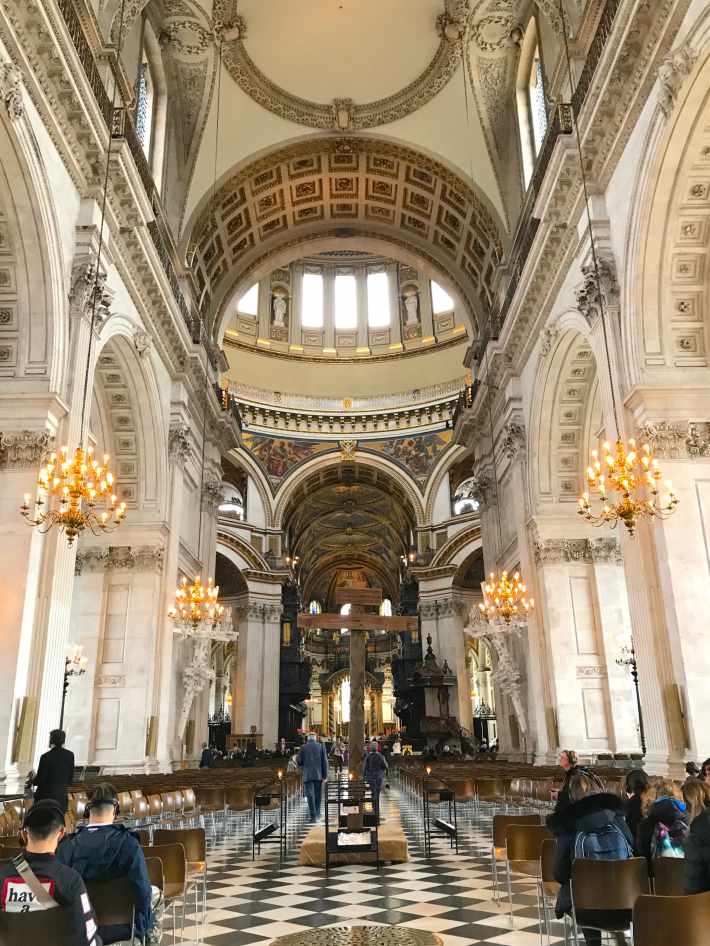
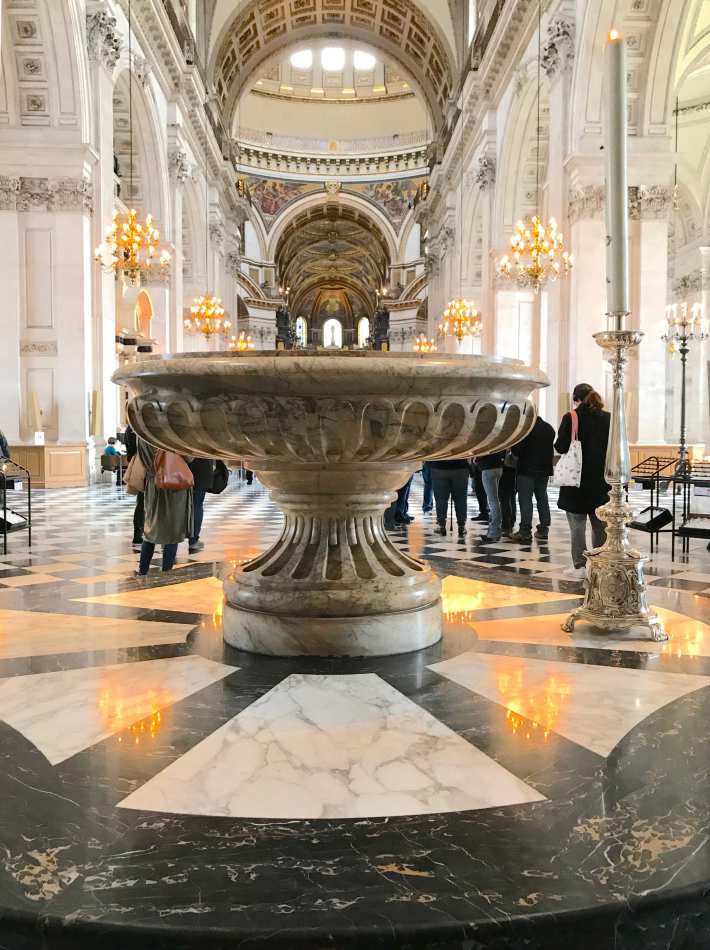
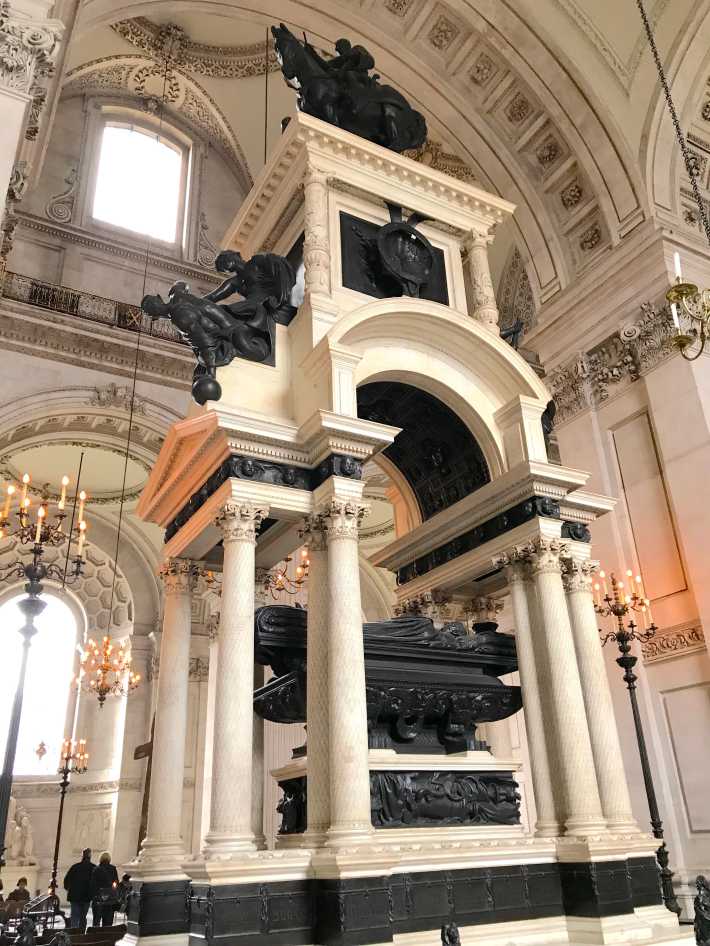
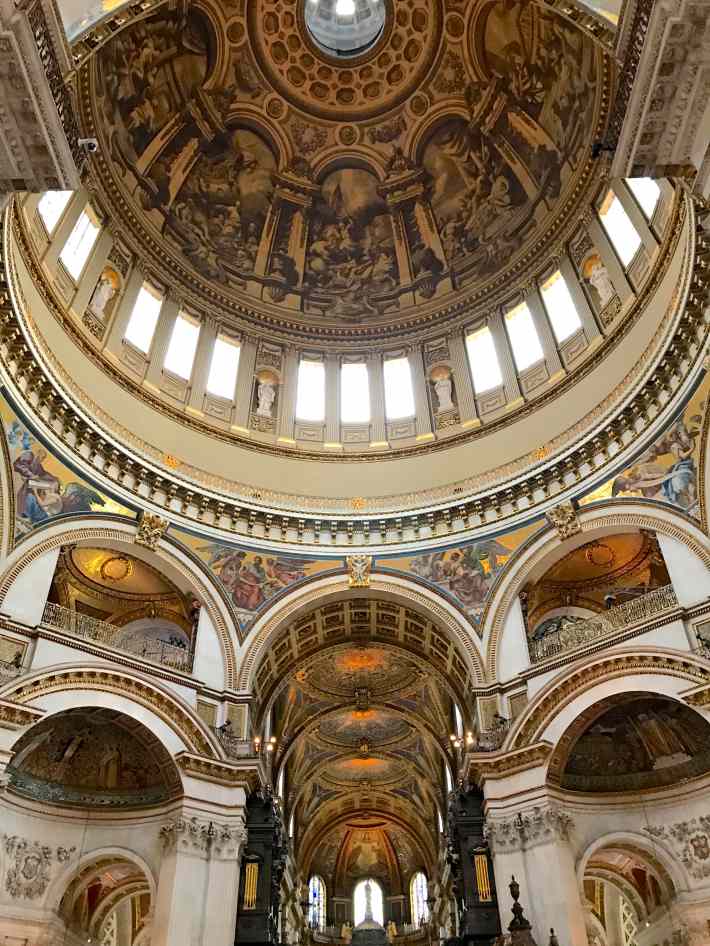
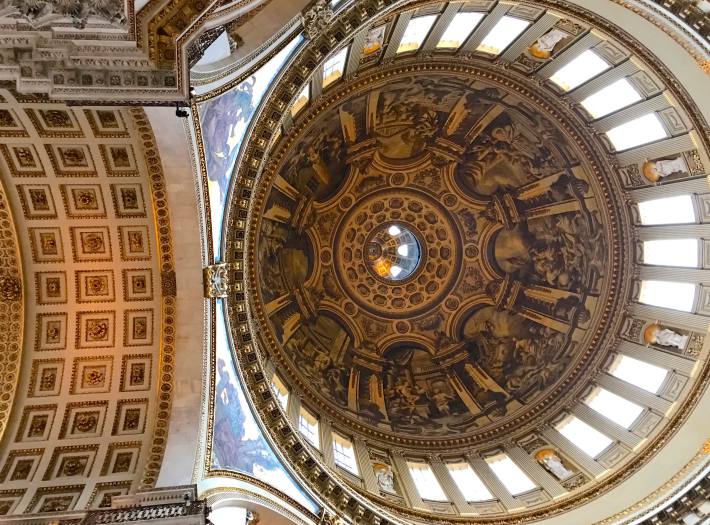
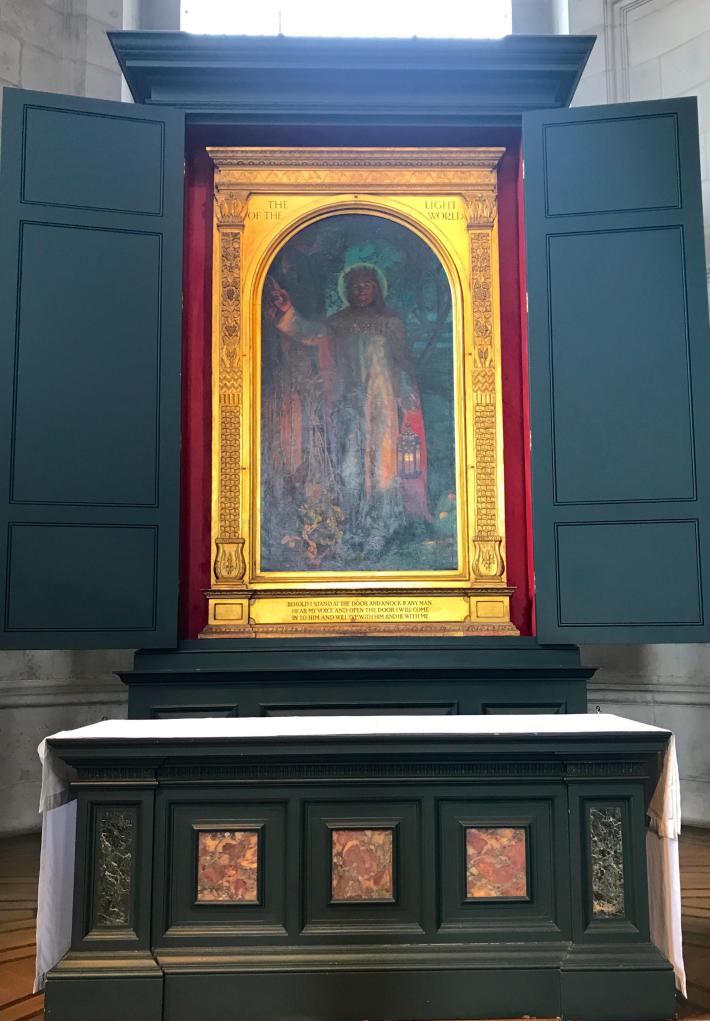
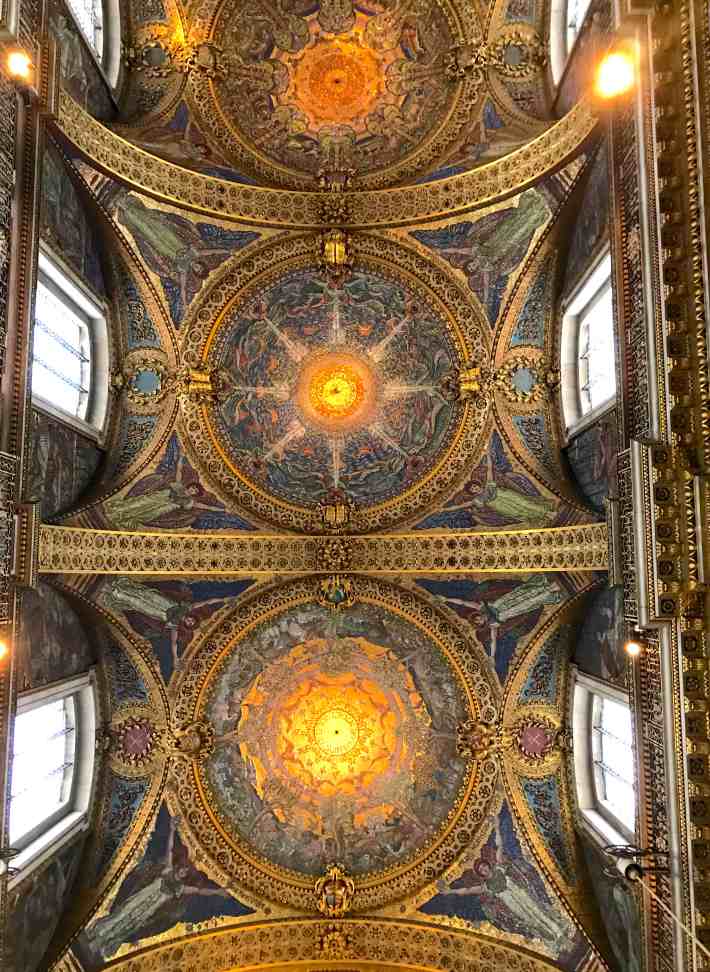
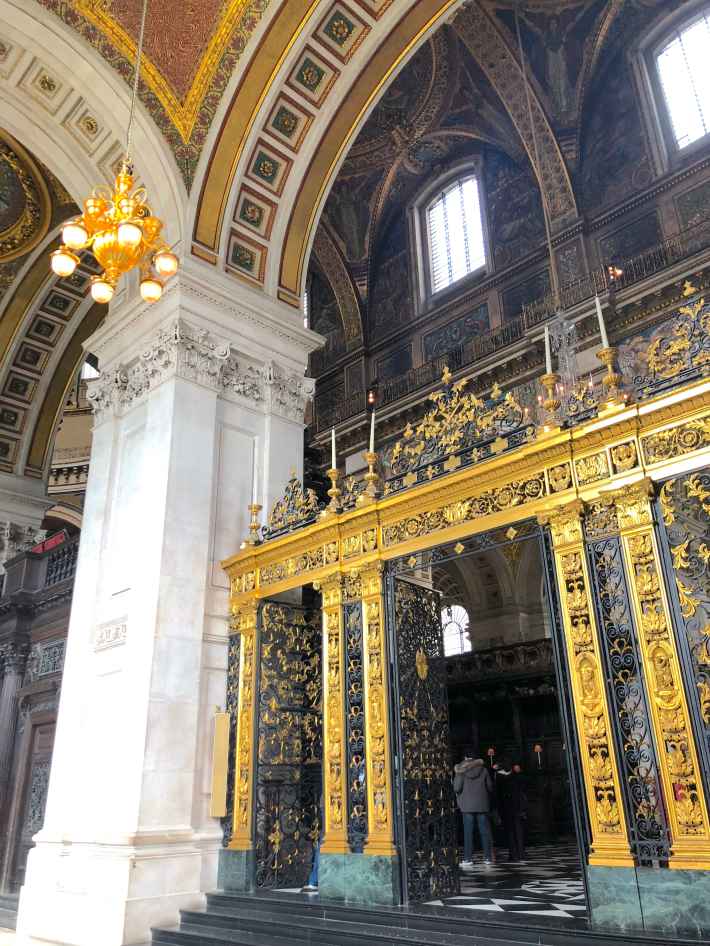
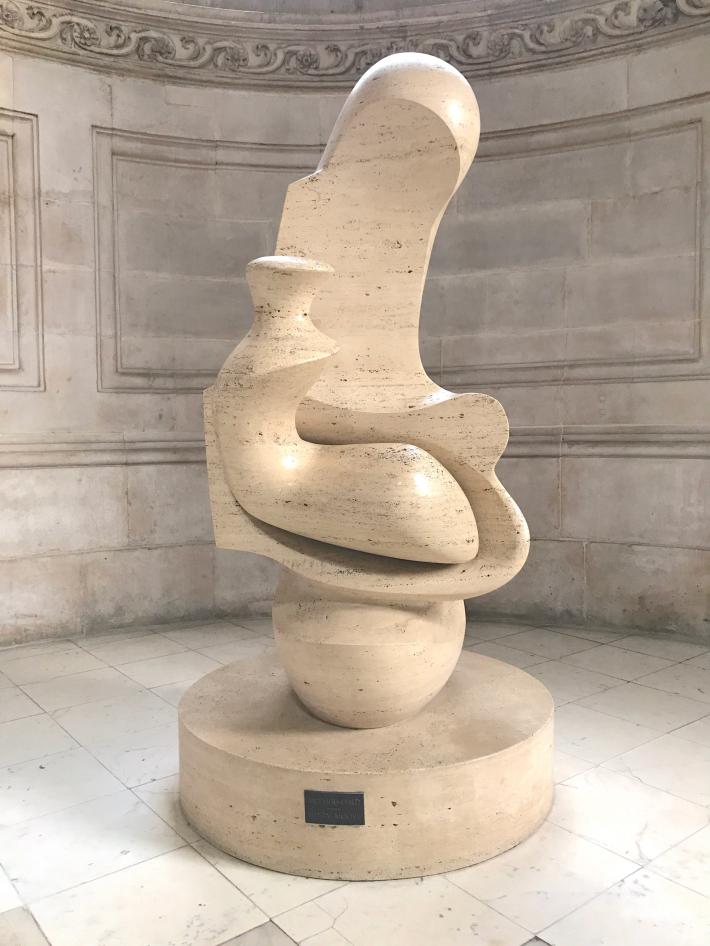
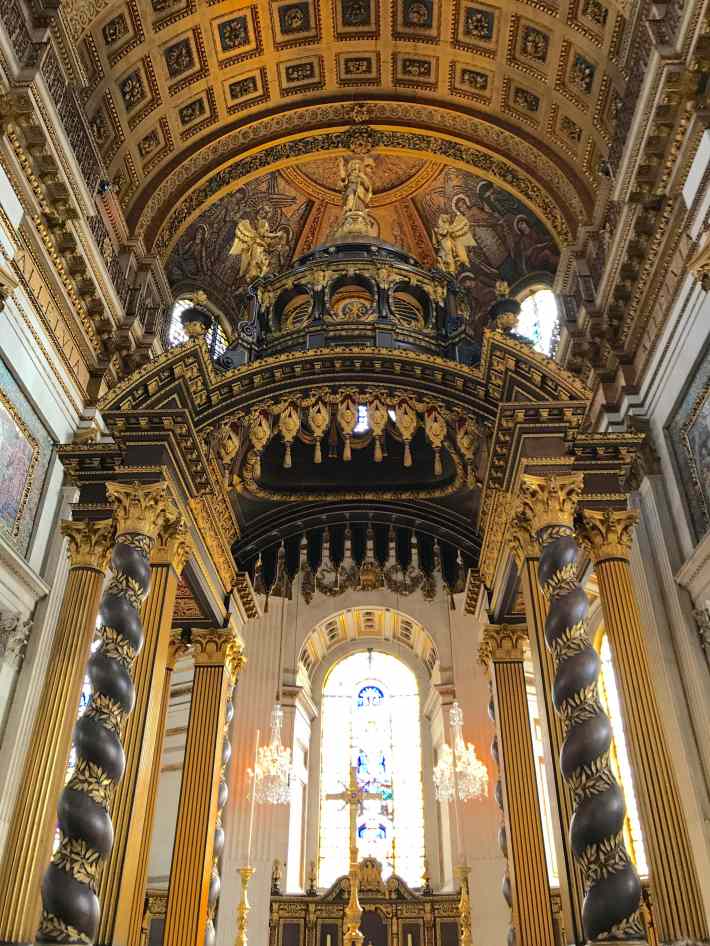
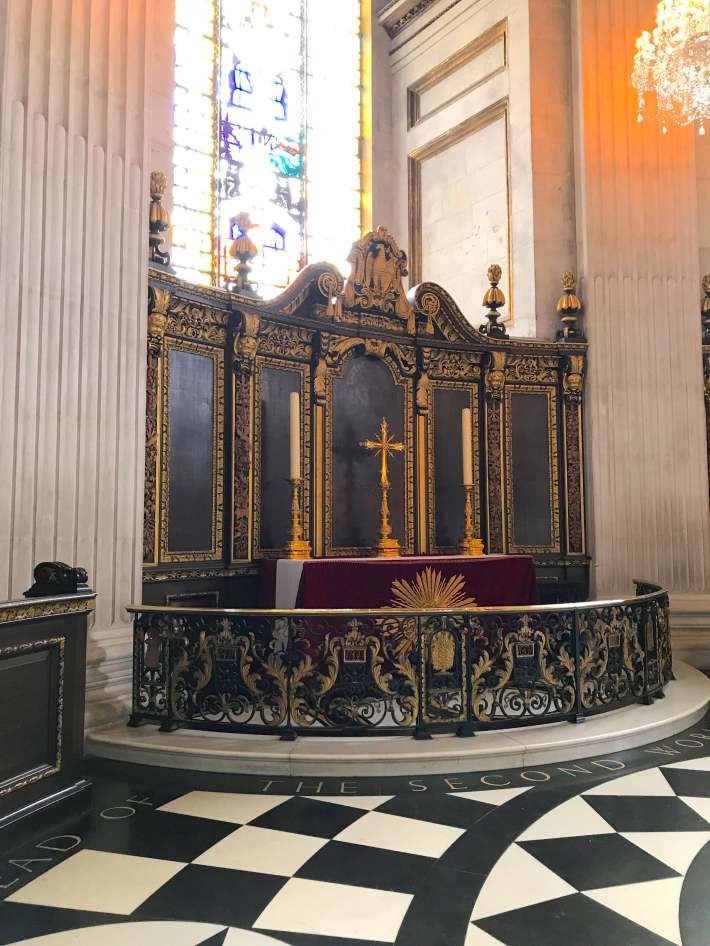
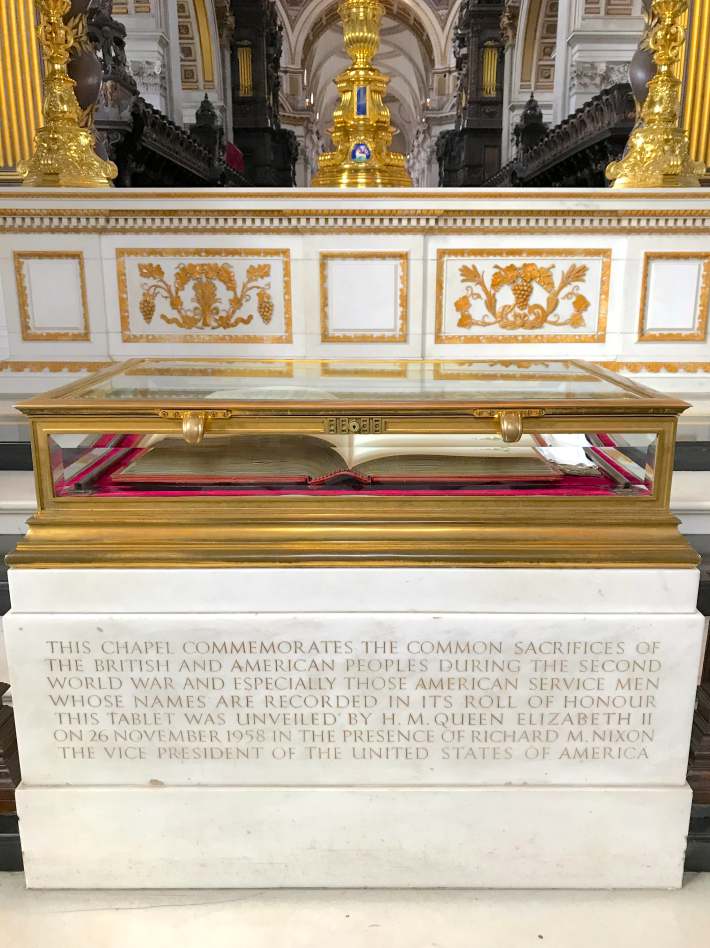
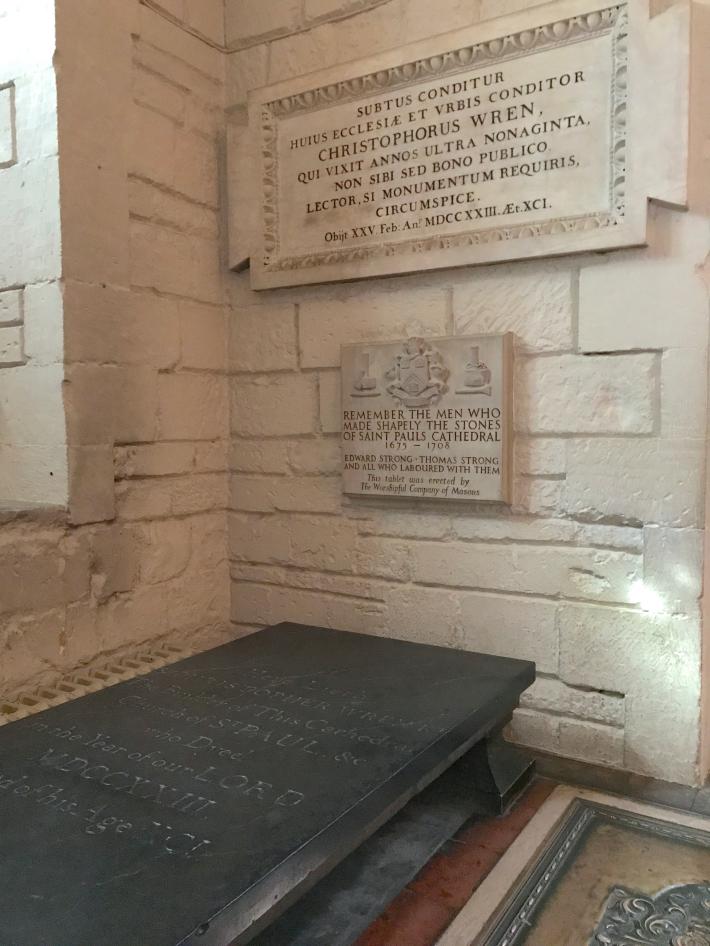
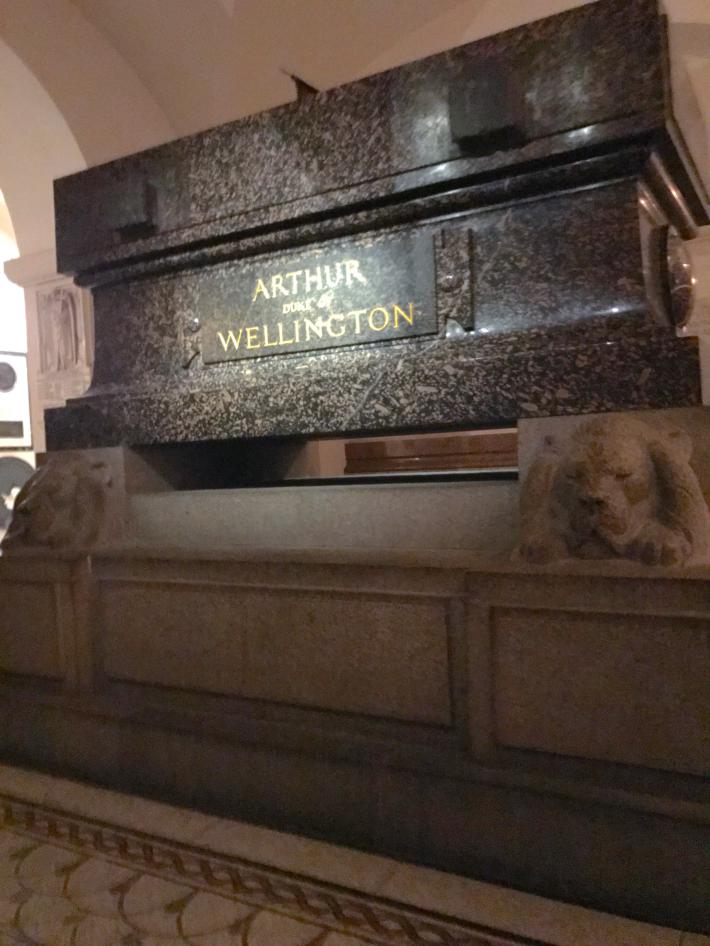
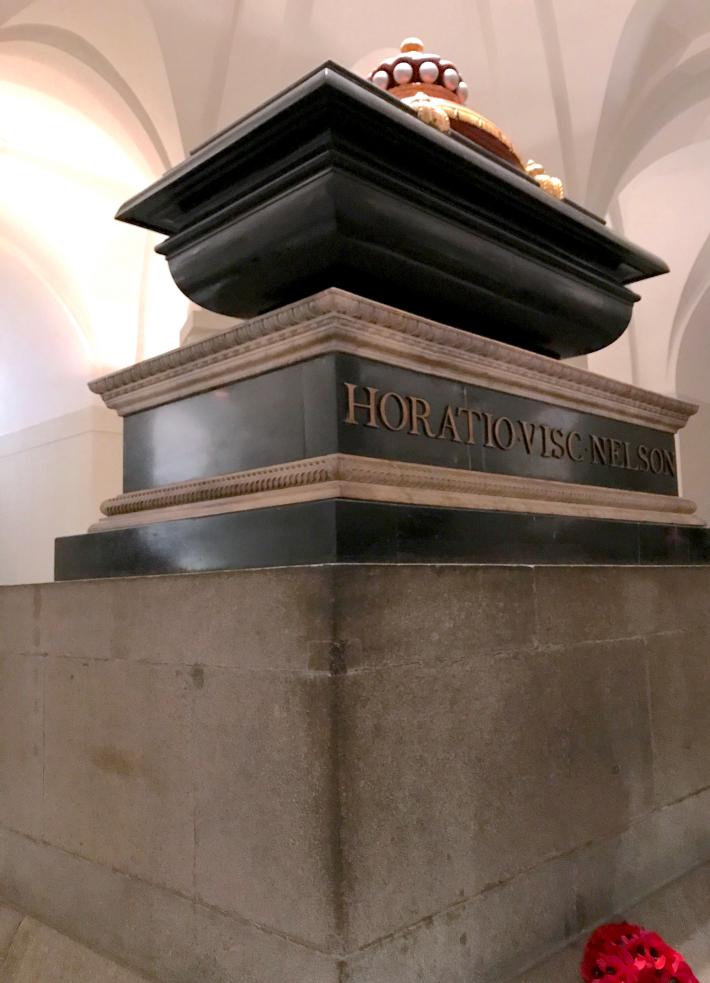
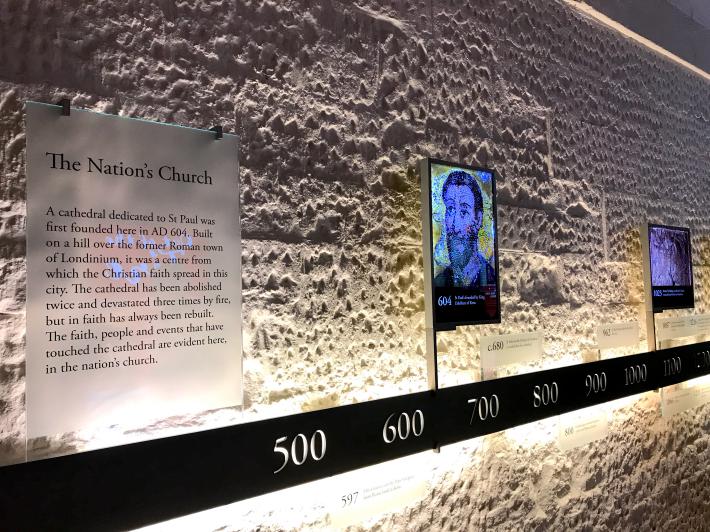
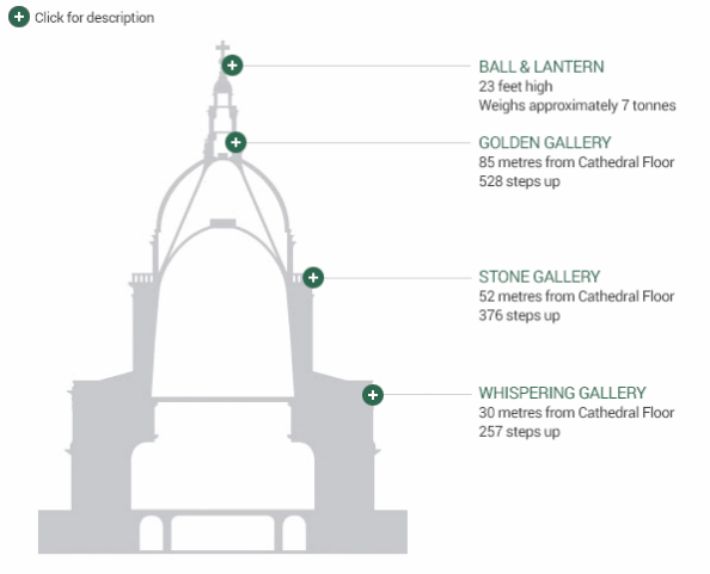
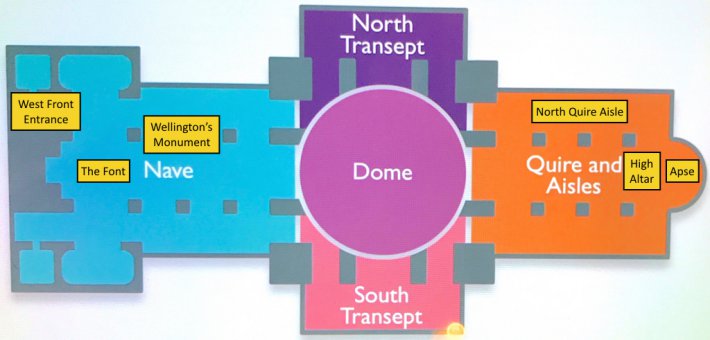
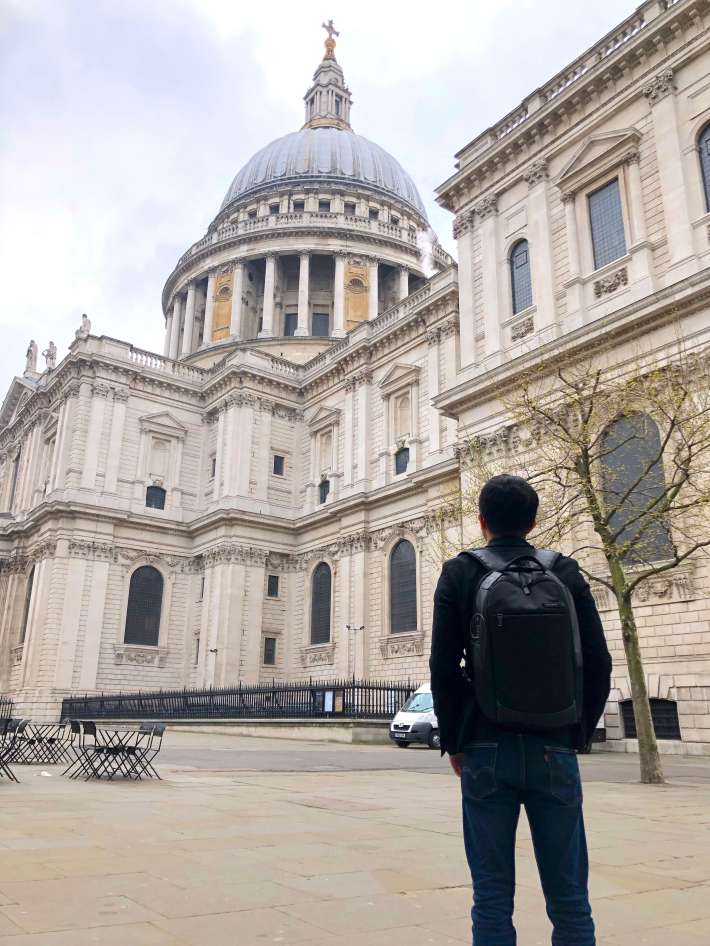
2 Comments and Questions
Thank you for this detailed description. I’m incorporating St Paul’s cathedral into one of my historical fiction novels and you’ve shared some interesting insights. =)
JPRobinsonBooks.com
Hi JP Robinson! Thank you, looking forward to read your novel!
Cheers,
Evan